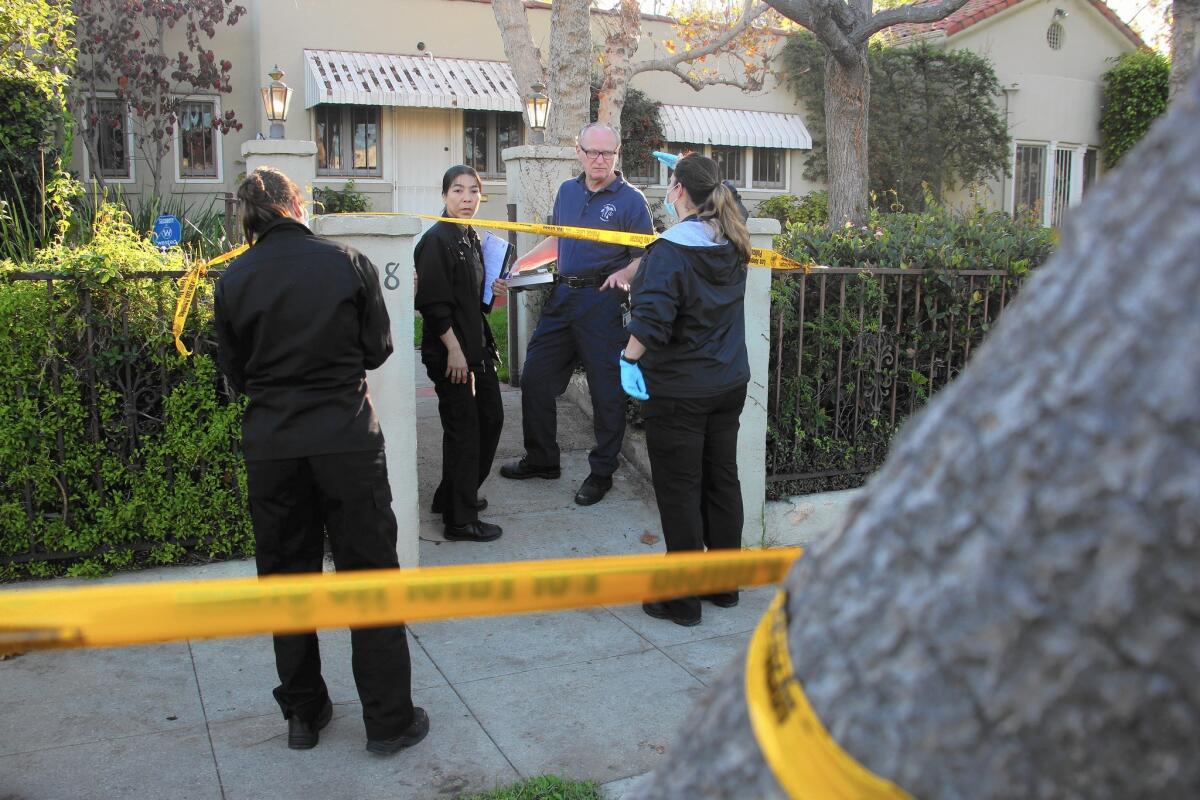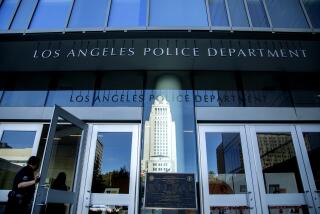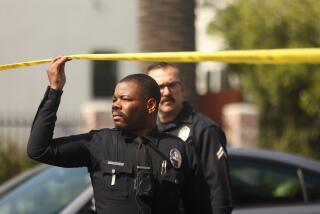LAPD statistics illustrate the ‘nature of homicide in Los Angeles’

Sunday and Monday were the deadliest days of the week in Los Angeles in 2014. April saw the most killings; January and February the least. More people were killed with a firearm than any other weapon.
Those statistics and others compiled by the Los Angeles Police Department offer a deeply detailed look at the 260 homicides that occurred in Los Angeles last year. The report breaks down everything from which LAPD division saw the largest increase (77th Street in South L.A.) to where the killings occurred (streets were the most common location, followed by sidewalks).
LAPD Chief Charlie Beck said the report will help shape the department’s strategy in the coming year.
“This is a snapshot of last year, but when you overlay it with all the years prior, you begin to see some things that are past trends,” he said. “They are just the nature of homicide in Los Angeles.”
What do the numbers show?
Violence tied to gangs remained the leading motive for homicides in L.A., at 160 killings, or about 62% of the city’s total — up from 145 such killings in 2013. The LAPD’s 77th Street Division saw a 59% increase in gang-related homicides (16 more killings) compared with 2013, which Beck attributed to a couple of “strong gang conflicts.”
Street killings are linked to gang violence, Beck said, which can help explain why more than half (about 53%) of the city’s homicides occurred on a street or sidewalk.
“If we could eliminate gang homicides, then homicide — it wouldn’t become extinct in Los Angeles, but we would certainly have a way different homicide picture,” Beck said.
What about the victims?
Nearly 86% of the people killed in Los Angeles last year were male. About one-third of victims were 26 to 35, and about a quarter were 18 to 25. Out of 260 victims, 119 were Latino and 112 were black.
Four murder-suicides occurred, each of which was determined to be related to domestic violence.
How does the LAPD use this information?
The report will be distributed across the department and used to determine which resources to allocate where, Beck said. Increased patrols may help curb street killings, he said. Divisions like 77th Street can double-down on gang prevention and intervention efforts. Others can make sure they deploy officers during the days and months that were more deadly.
More to Read
Sign up for Essential California
The most important California stories and recommendations in your inbox every morning.
You may occasionally receive promotional content from the Los Angeles Times.











